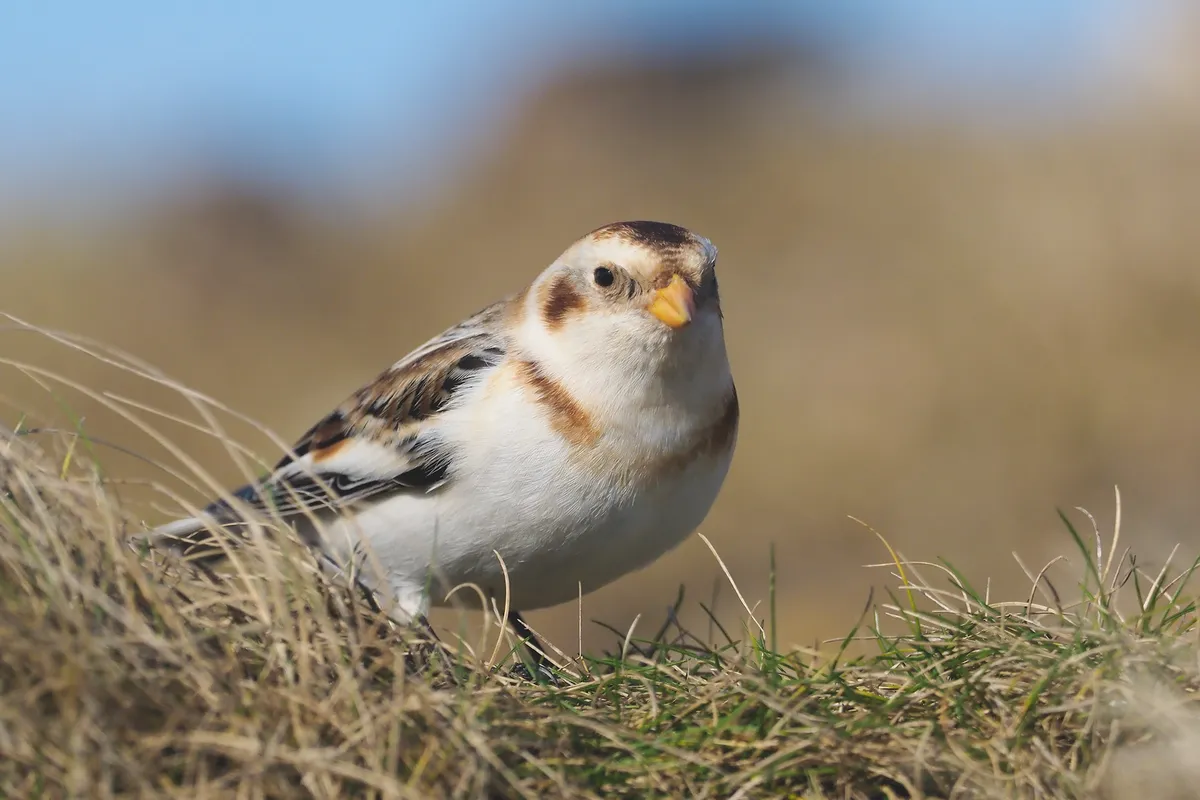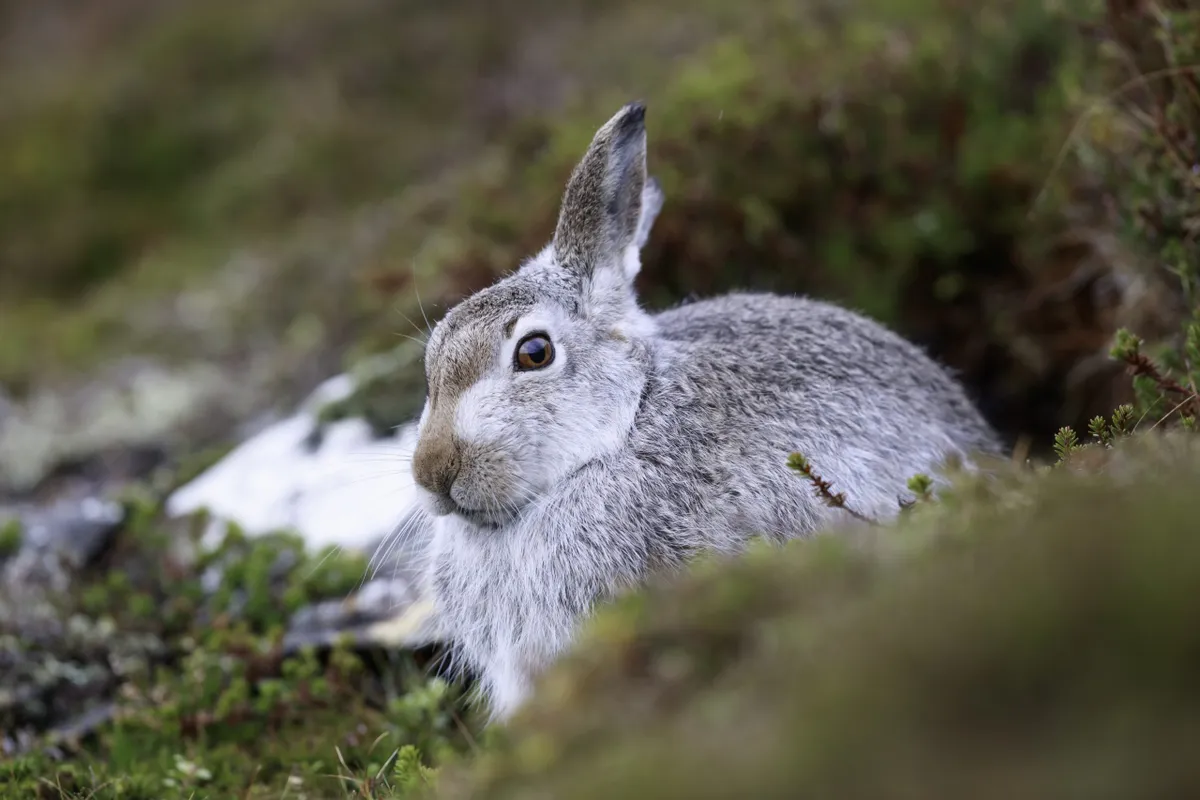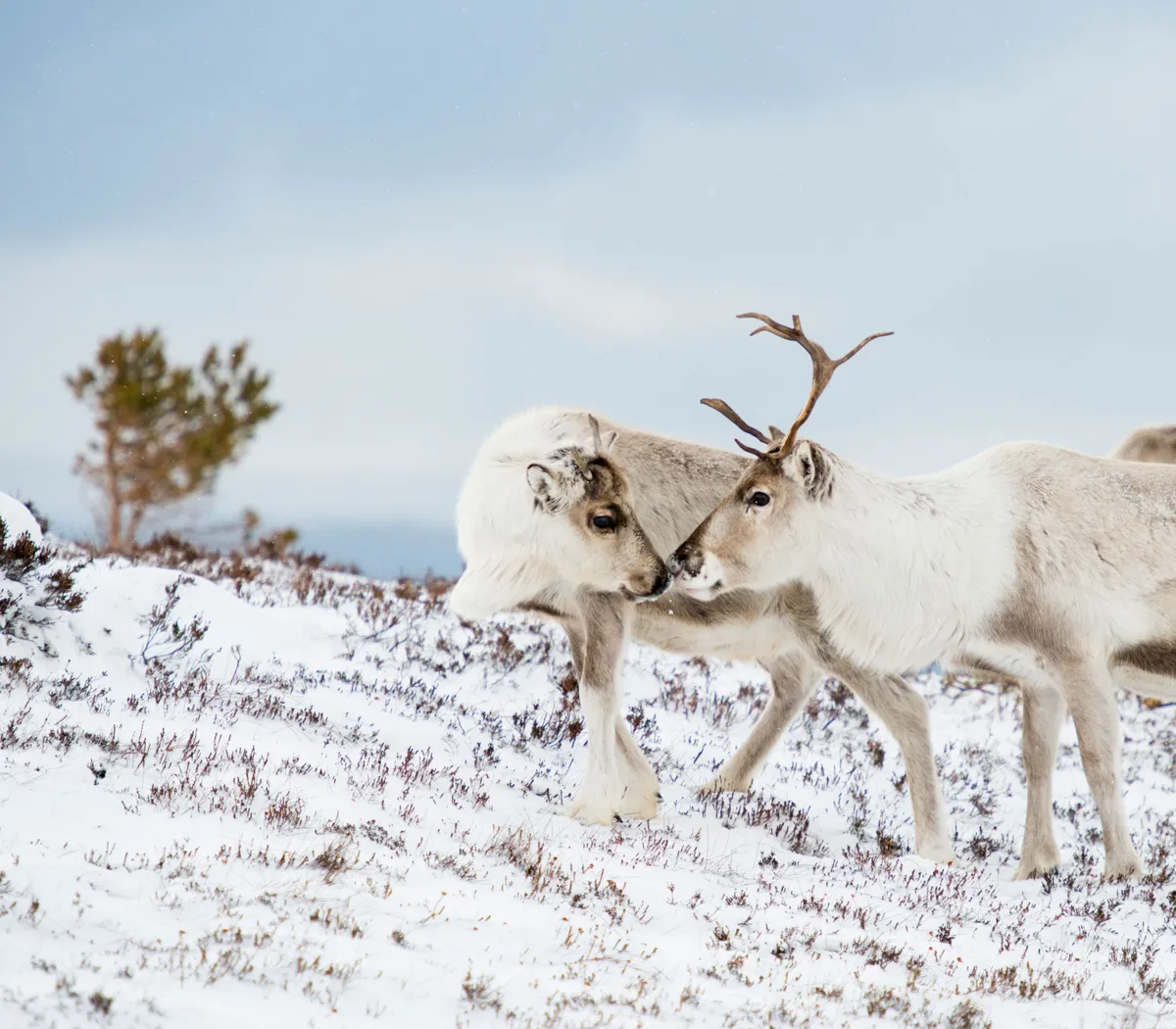Winter is one of the most magical, and harshest, times to visit the Cairngorms, the UK's largest national park. Vast snowfields sweep to the horizon, covering the great, rolling, tundra-like plateaux. Icy cliffs, frozen waterfalls and huge, steep-sided, snow-filled corries ring the mountain. Lochs and lochans are frozen hard.
The pay-off for winter visitors to the Cairngorms is being able to see its toughest wildlife within more stripped-back scenery. Around 25% of our most threatened wildlife lives here, including capercaillie, pine marten, osprey, Scottish wildcat, golden eagle, red squirrel and lapwing. Many of these move downhill for the colder season, however there are a few species that continue to thrive. Whether by bike or on foot, you can explore the Cairngorms' huge number of trails with a pair of binoculars to see which of these animals and birds you can spot.
Here are Chris Townsend's top five winter species to spot in the Cairngorms National Park.
Top five species to see in the Cairngorms National Park
1. Golden eagle

The sight of a golden eagle soaring above vast snowfields is one of the most inspiring in the Cairngorms. Far below, mountain hares and ptarmigans cower against the ground, hoping the hunting eagle won’t spot them.
2. Snow bunting

The pretty little black and white snow bunting is an Arctic species that breeds in Greenland and Iceland. While some remain in the Cairngorms year-round, numbers are swelled in winter by northern migrants that can form large flocks and feed on seeds from plants not covered by the snow.
3. Ptarmigan

The commonest bird in the winter hills is a member of the grouse family. In winter its plumage turns white, making it hard to see against the snow when stationary, and even when flying low over the snow. Often only its harsh rattling call gives away its presence.
4. Mountain hare

Britain’s only true Arctic mammal. Grey-brown in summer, it turns white in autumn and can be invisible against the snow until it moves. Sometimes seen on the highest hills, mountain hares are more common on the moorlands of the Eastern Cairngorms.
5. Reindeer

The Cairngorm’s Arctic feel is enhanced when you see a herd of reindeer ambling across snowfields. Introduced in the 1950s from Sweden, these semi-domesticated animals roam free in the Northern Cairngorms, pawing through snow for the lichen they eat. You can book an escorted walking tour up the mountain to see the herd – make sure you book in advance.





